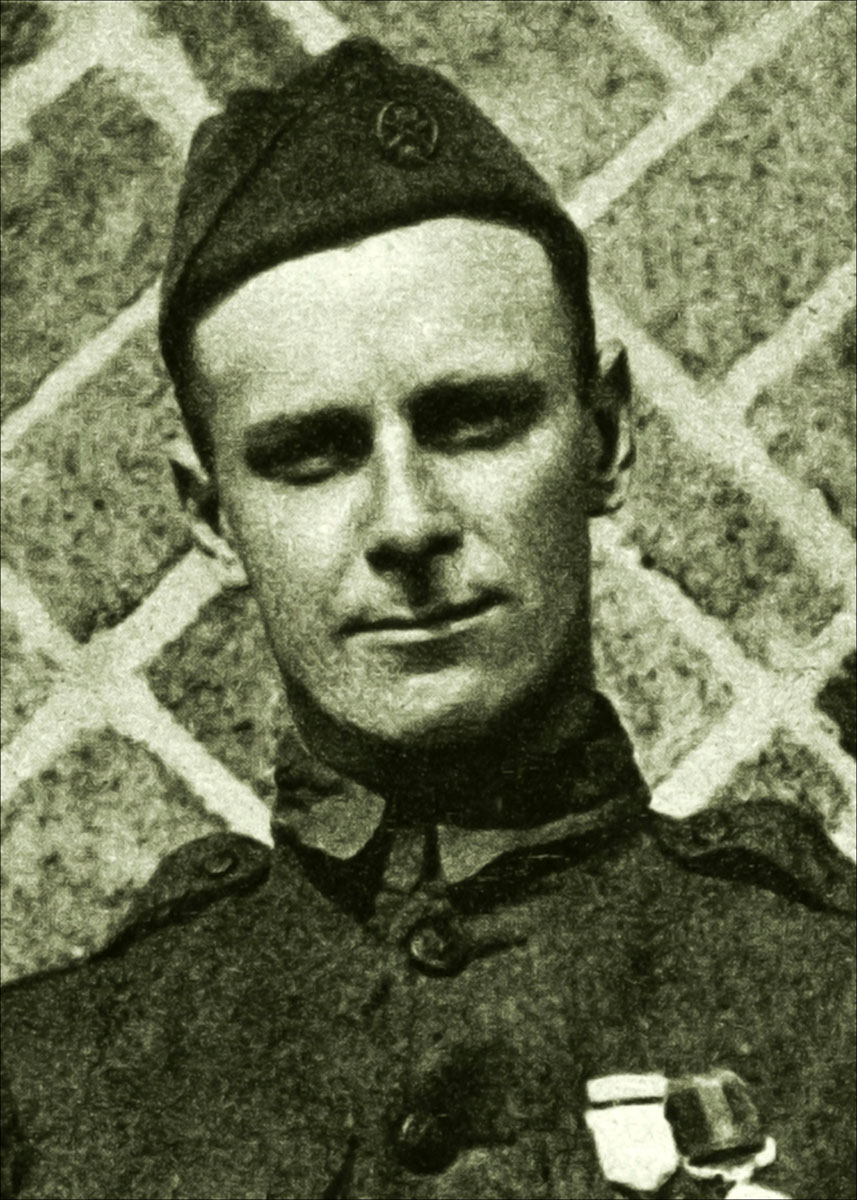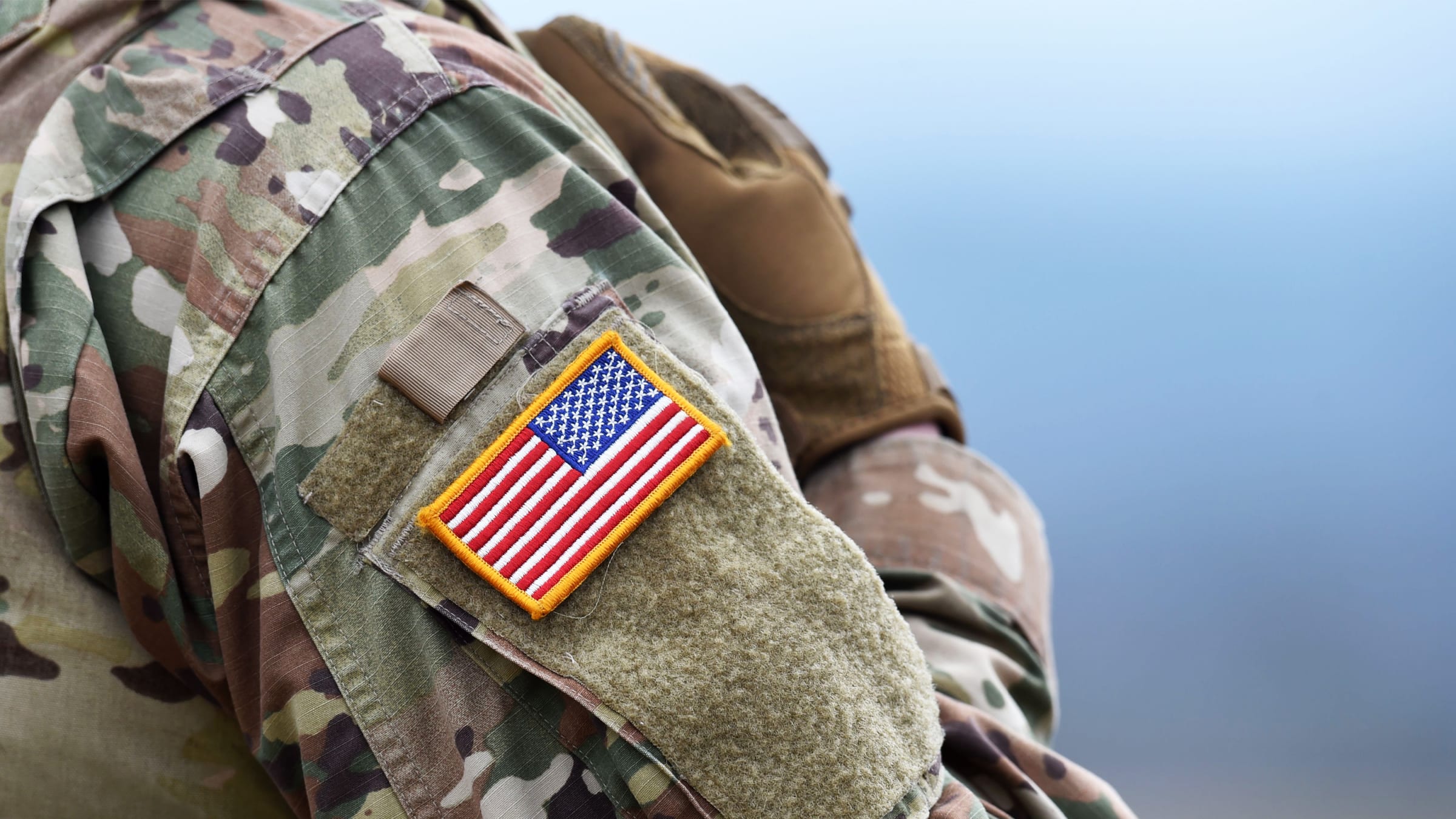Spy Military - 1 / 4 Show caption + Hide caption - Soldiers from 2nd Squadron, 38th Cavalry Regiment are airlifted through the Special Surveillance Entry and Extraction System, known as SPIES, during training, July 18, over Camp Bondstil, Kosovo. SPIES is a quick way to insert or extract... (Photo credit: USA) VIEW ORIGINAL
2 / 4 Show caption + Hide caption - A group of five soldiers from the International Battle Group Middle East receive a final inspection before being airlifted out by helicopter on July 18, 2014 at Camp Bondstil, Kosovo. Soldiers participated in Sp... (Photo Credit: U.S.) SEE ORIGINAL
Spy Military

3/4 Show caption + Hide caption - A UH-60 Blackhawk helicopter picks up a group of soldiers on a "race track" during special training, July 18, 2014, over Camp Bondstil, Kosovo. Soldiers participated in the Special Guard Entry and Extraction System, known as the ... (Photo credit: USA) VIEW ORIGINAL
Vanity Fair: Military And Navy; 'soldier And Correspondent', Colonel Francis William Rhodes, June 8, 1899, Leslie Matthew 'spy' Ward, 1851–1922, British, 1899, Chromolithograph Stock Photo
4 / 4 Show caption + Hide caption - A private assigned to the 2nd Squadron, 38th Cavalry, receives a final equipment inspection before being attached to the Special Surveillance Entry and Extraction System, or SPIES, during cordon training, July 18, 2014, in Camp Bondstil, Kosovo... (Photo Credit: U.S.) SEE ORIGINAL
CAMP BONDSTIL, Kosovo (July 21, 2014) -- Hanging from a rope 100 feet in the air, five soldiers from International Task Force-East stretch out their arms and give a thumbs up, indicating they're okay. With their adrenaline flowing, the Soldiers flew a flight-style "run" around campus in a rare training opportunity none of them will soon forget.
Soldiers from the 2nd Squadron, 38th Cavalry Brigade, who make up the forward post-combat team, learn the intricacies of the Special Entry and Extraction Surveillance System, or SPIES, during training at Camp Bondsteel, July 18. SPIES were developed as a means of quickly entering or withdrawing a reconnaissance patrol from an area that does not allow a helicopter to land.
"In the beginning, when you're strapped in and the helicopter starts to take off, the wind hits you really hard, you feel the adrenaline and you feel quite happy, but I was ready to go, I was ready to get up. over there," he said. Ryan Owens, an infantryman with the 2nd Battalion, 38th Cavalry Regiment and a first-time trainee.
Set Of Men In Work Clothes. Police And Military. Soldier And Spy Stock Vector Image By ©popaukropa #77668042
Developed during the Vietnam War, the system allows soldiers on patrol the opportunity to quickly infiltrate enemy lines, while providing surprise and cover to explore the elements. The company commander of the Long Range Surveillance Team, known as LRS, said SPIES are only used in extreme conditions for covert operations at the required speed.
"It's basically an unusual way to get soldiers out of a high-risk area in a way that no enemy would expect," the captain said. Daniel Stephens, commander of C Company, 2nd Squadron, 38th Cavalry Regiment. "It gives us an opportunity to send soldiers far away from the enemy to take a greater risk of getting them into more dangerous areas and then getting them out of those areas."
Among the more than 40 infantrymen and horsemen in training, no expression of fear or anxiety was immediately visible. Since they are well trained in their role as a rapid response force for all incidents of population and violence control in the east and north of Kosovo, the soldiers are happy to participate in the special instructions, Stevens said.
"We met our requirements in Kosovo, which is very important, but it was a good opportunity to bring Soldiers back to their core skills in conducting LRS operations," said Stevens, a native of Brewster, New York. "I don't think the infantry communicates some of their concerns, but I know there's definitely a lot of excitement in being able to do something that most Soldiers can't do."
Military Tactical Boonie Hats
Certified at the U.S. Air Assault School at Fort Campbell, Kentucky, the company's two SPIES masters focused on safety during the exercise, ensuring conditions and equipment were flawless before anyone climbed the rope. Staff Sgt. Anthony Ambriz, a C Company infantryman and one of SPIES' ground commanders, said safety is key in any insertion or extraction exercise.
"The number one thing is safety. There are a lot of different safety hazards that we have to mitigate as SPIES masters," said Ambriz, a native of Lincoln, Neb. "We have to make sure nothing bad happens, of course."
Ambriz added that strict control measures are in place, including a SPIES commander on the helicopter, who always observes the SPIES commander on the ground before takeoff and during every flight operation. An on-site trainer ensures that the soldiers on the ropes are secured and that all equipment is in place. Staff Sgt. Luis Aponte, another SPIES master, said the survival process is multifaceted.
"We make sure that their safety line is secured, that they have made all the correct knots, that all the equipment is attached to the standard and that they make sure that all the carabiners are connected to the rope. We also check the rope so it doesn't get tangled. Soldier, said Aponte, a native of Willimantic, Connecticut. "On the way from the SPIES master on the ground to the SPIES master inside the aircraft communicate."
Uk Military Chemical Experts Aid Police In Spy Poison Probe
The training and ability to apply SPIES in a real-world situation allowed Soldiers like Owens to familiarize themselves with the system, giving them the tools to use as LRS Soldiers in the field.
"It's really nice to know that we can call SPIIES if we need to, to get them in or out," said Owens, a Tryon, N.C., native. "Especially with the LRS unit, it's a really nice thing to have in your tool bag." When you hear the term "spy plant," you might think of something out of a James Bond movie. But the Defense Advanced Research Projects Agency (DARPA) is now working to develop genetically modified plants that could be used in a wide range of military applications, including espionage and detecting threats such as radiation.
DARPA is the branch of the US military that creates new military technology, and spying facilities can help detect where mines are located and detect deadly diseases in the area.
These genetically modified plants aren't a reality yet, but DARPA's Advanced Plant Technologies (APT) program is hosting a Proposal Day where researchers can evaluate and propose what types of plants would work best.
Set Of Flat Color Design Vector Icons For Military Unmanned Drones And Robots. Surveillance, Areas Control, Aerial Spy. Elements Of Web Design For Business And Website Royalty Free Svg, Cliparts, Vectors, And
The goal of the program is to build plants' natural ability to sense external stimuli such as pollution, and then genetically modify the plants to make them more sensitive to threats such as chemicals or electrical signals.
"Plants are highly adapted to their environment and naturally exhibit physiological responses to basic stimuli such as light and temperature, but in some cases to touch, chemicals, insects and disease," said Blake Bextine, program manager for the APT program.
Satellites will be used to monitor the "smart plants," and the APT program will work closely with federal regulations and biosafety boards to ensure plant safety is not compromised.
Bextine added that the facility's new technology will also reduce risk to military personnel and prove cheaper than conventional military sensor technology. The Pentagon has been sending drones to spy on US soil for non-military purposes for the past decade, according to a new report. .
This Is World's Smallest Spy Drones At 33 Gram, But It Keeps Us Military Safe In Afghanistan
The Pentagon has deployed drones over the United States over the past decade, but the flights have been rare and legal, according to a new report.
The Pentagon inspector general's report, released under a Freedom of Information Act request, said drone strikes on non-military missions occurred less than 20 times between 2006 and 2015, and always in accordance with existing law.
In the report, which did not detail domestic spying operations, the Pentagon takes the issue of the use of military drones on American soil "very seriously."

The Pentagon has publicly released at least a partial list of drone missions over non-military US airspace and describes the aircraft's use. The site lists nine missions flown between 2011 and 2016, mostly to assist with search and rescue, flooding, wildfires or National Guard exercises.
Soldiers Fly High Over Kosovo With Spies Training
ACLU senior policy analyst Jay Stanley said the good news is that there were no violations of the law, but technology is so advanced that the law may need to be revised.
"Sometimes new technology changes so quickly that the current law doesn't fit what people think it should," Stanley said. "It's important to remember that the American people see this as a very, very sensitive issue."
Other federal agencies own and operate drones. The use of drones in US airspace came to light in 2013 when then-FBI Director Robert Mueller testified before Congress that the bureau used drones to assist in investigations, but in a very, very, very rare way.
It said that with advances in drone technology and widespread military use overseas, the Pentagon established interim guidelines in 2006 governing when and if drones could be used domestically. Interim policy allows spy drones
Th Bct Receives New Spy In The Sky > National Guard > Guard News
Military drone range, laser range finder military, military range bags, military range targets, long range military radio, military radio range, military range finder, military long range binoculars, range rover military discount, military range rover, range of military drones, military range bag


0 Comments